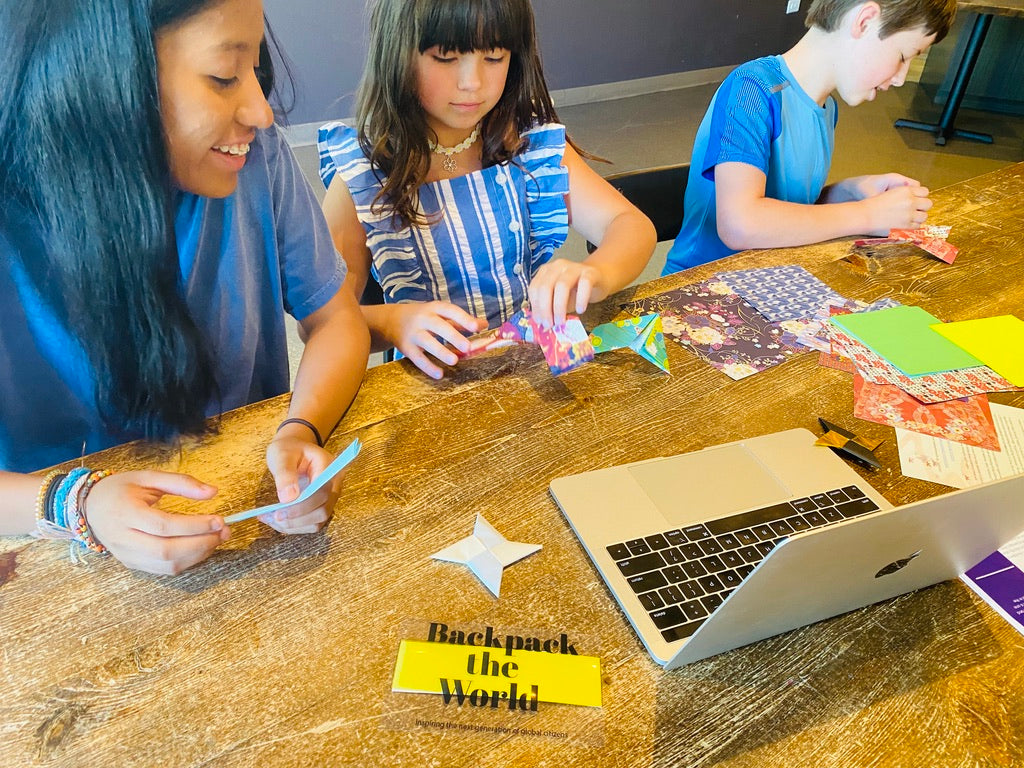Origami
Paper was first invented in around 105 A.D. and was brought to Japan by monks in the sixth century. Handmade paper was a luxury item only available to a few, and paper folding in ancient Japan was strictly for ceremonial purposes, often religious in nature.
In modern usage, the word, "origami" is used as an inclusive term for all folding practices, regardless of their culture of origin. The goal is to transform a flat square sheet of paper into a finished sculpture through folding and sculpting techniques. The name of origami is a Japanese term from the words oru (to fold) and kami (paper). In China, the art of folding paper is referred to by the Chinese name zhezhi.
There is a beautiful story....it was believed that if one folded 1000 origami cranes, one's wish would come true. It has also become a symbol of hope and healing during challenging times, as a result, it has become popular to fold 1,000 cranes (in Japanese, called "senbazurau").
It’s designed after the Japanese red-crowned crane. In Japanese mythology this crane is known as the “Honourable Lord Crane” and it wings carried souls up to heaven. The Japanese name for this model is “Orizuru” which simply means “Folded crane.” “Ori” is the same “Ori” that you find in the word origami. An ancient Japanese legend promises that if anyone folds a thousand paper cranes they will be granted a wish by the gods. In same cases you are granted happiness or good luck. In Japan the crane is said to live for 1,000 years which is why one must fold 1,000 of them. You have to keep all the cranes to get the wish though. If you fold one and give it away that one doesn’t count. The origami crane’s popularity is largely due to a children’s book written by author Eleanor Coerr called “Sadako and the Thousand Paper Cranes.”
The story follows a Japanese girl name Sadako who was 2 years old when the United States bombed Japan at the end of World War II. Due to the fall-out from the bombs Sadako developed leukaemia. In the hospital she spent her time folding origami cranes hoping to make 1,000 of them. According to Sadako’s family she managed to fold approximately 1,400 paper cranes. Many of these cranes have been donated to places such as the 9-11 memorial in New York City, Pearl Harbour, the Museum of Tolerance and more places as a symbol of peace.
Origami is also important in teaching symmetry; for many of the folds, whatever is done to one side is done to the other. In addition, paper-folding allows students to create and manipulate basic shapes such as squares, rectangles and triangles.
Good Luck....have fun!!
Origami Ninja Star
https://www.youtube.com/watch?v=ML732xrZ4O8
Origami Flower
https://www.youtube.com/watch?v=6XncMfhbLBI
Origami Butterfly
https://www.youtube.com/watch?v=XWppAdgvEtI
Origami Crane
See Below....


